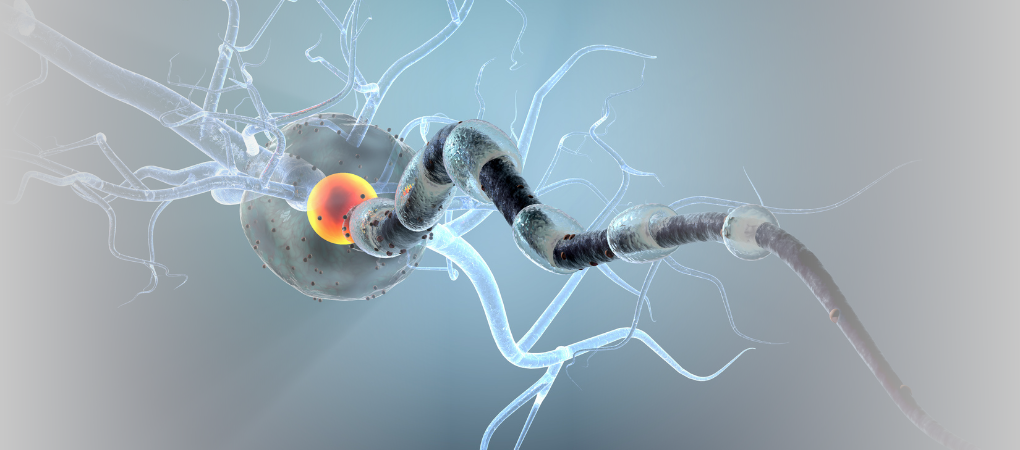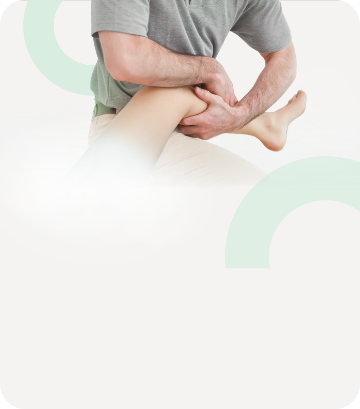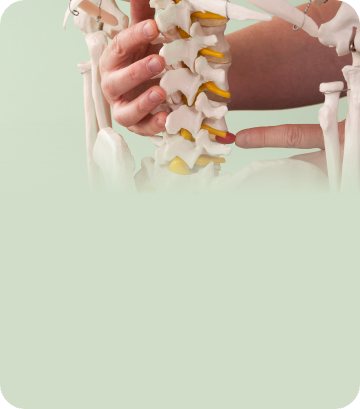Francesca Galiano
|
09/08/2022 - Last update 30/12/2022
Francesco Cerritelli, Nuria Ruffini, Eleonora Lacorte, Nicola Vanacore | Year 2016
Osteopathic manipulative treatment in neurological diseases, Systematic review of the literature
Pathology:
Neurological pathologies
Type of study:
Systematic review
Date of publication of the study’:
2016/Oct/15

Purpose of the study
- Objective: to evaluate the efficacy, the effectiveness (clinical efficacy) and safety of OMT in the management on neurological diseases
- Measured outcomes:
- Primary: any type of outcome regarding the efficacy or the effectiveness of OMT compared to any other kind of alternative treatment
- Secondary: adverse effects (quantity and type)
Methods
- Articles analyzed: 10
- Search string: (((((((((((((osteopath* AND manipulat* AND (treatment OR therapy))) OR Manipulation, Osteopathic[MeSH]) OR ((osteopath* AND medicine))) OR ((manual* AND treatment*))) OR ((spinal AND manipulat*))) OR Manipulation, Spinal[MeSH]) OR ((visceral AND manipulat*))) OR (((crani* OR crani* AND sacral OR cranio *sacral) AND osteopat* AND (manipulat* OR manual OR treatment)))) OR (((craniosacral OR cranio-sacral OR cranio sacral)))) OR ((osteopath* AND diagnosis))) OR ((osteopath* AND palpat*))) OR ((osteopath* AND principle* AND prac(ce*)) AND ((neurologic* AND (disease* OR disorder*)) OR (nervous AND system AND (disease* OR disorder*))))
- Criteria of inclusion:
- Studies on patients of any sex, ethnicity and age who reported a neurological condition, namely a disease of the central or peripheral nervous system, including epilepsy, Alzheimer’s disease and other dementias, cerebrovascular diseases including strokes, migraines and headaches, multiple sclerosis, Parkinson’s disease, neurological infections, brain tumors, trauma and neurological disorders due to malnutrition; randomized controlled trials (RCT) and quasi-RCT, interrupted time-series trials, clinical controlled and monocentric and multicenter observational studies; any language and any year of publication;
- OMT as the main intervention; OMT administered by an osteopath; sham treatment, wait list (patients would receive the treatment at the end of the study), standard care, no treatment.
- Criteria of exclusion: studies not submitted to peer-review, conference proceedings, editorials, letters and abstracts; studies that collected only data on neurological diseases; studies with patients suffering from low back pain or musculoskeletal problems but without underlying neurological disorders; studies with combined manual treatments as interventions.
Characteristics of the studies
- Two- or three-arm RCT and observational studies
- 1 observational study on Parkinson’s disease
- 2 RCT on migraine
- 4 studies on tension-type headache
- 3 studies on infant cerebral palsy
- Studies carried out in the short term (evaluation immediately after the treatment) and in the long term
- Only 2 studies account neurologists amongst their authors
- Only 2 studies calculated the sample size (how many people to recruit) before the study
- The studies ranged from very low quality to moderate and from uncertain to high risk of bias (according to the Cochrane’s risk of bias – RoB – assessment method and Jadad score)
- High heterogeneity in relation to the intervention, to the control and the measured outcomes (a meta-analysis was not possible)
Participants
- Number in the smallest study: 13 people (5 female and 8 male), of which 7 people in the OMT group and 6 people in the control group
- Number in the biggest study: 142 people (60 female and 82 male) of which 71 people in the OMT group and 71 people in the control group
- Total: 525 people, of which 228 people in the OMT group and 297 in the different control groups
- Average age: undefined, from children to elderly
Interventions and evaluations
- In the OMT groups:
- many different techniques, amongst which are the following: soft tissues, high-velocity low-amplitude, functional, muscle energy, craniosacral, counterstrain, osteoarticular, myofascial release, visceral, ligamentous tension balancing and membranous tension techniques
- sessions variable from 10 to 60 minutes
- 7 studies with treatment personalized on patients’ needs
- 2 studies with standardized protocol
- 1 study with one technique (fourth ventricle compression)
- In the control groups:
- progressive muscle relaxation, sham treatment, standard care, wait list, resting position, palpatory evaluation, acupuncture, OMT on healthy people, no intervention
- Where possible, OMT and control of the same duration and performed in the same setting (private, clinical or in hospital)
- Only 5 studies have reported information on who has performed the OMT (certified expert osteopaths)
Results
- Primary outcomes:
- Parkinson’s disease: compared to sham treatment, the OMT statistically significantly improved the parameters connected to speed and gait.
- Migraine: compared to the control (sham treatment or standard care), OMT has improved vitality, psychological health and functional ability and reduced pain statistically significantly (one study used Headache Impact Test 6 as a validated measure). Control groups reported no statistically significant result.
- Tension headache: compared to the control (progressive muscle relaxation, sham treatment, resting position, palpatory evaluation or no intervention) OMT reduced pain measured through Visual Analog Scale and the frequency of episodes statistically significantly. Control groups reported either no statistically significant result or less improvement than OMT. Control groups reported either no statistically significant result or less improvement than OMT.
- Infant cerebral palsy: OMT improved the evacuation frequency statistically significantly, while showing mixed results in improving motor functions, evaluated according to the Gross Motor Function Classification System (GMFCS) – in 1 study it improved while in 1 other study it did not. In the control groups, standard treatment had the same effect on evacuation, while acupuncture had worse results.
- Secondary outcomes: the 4 studies that evaluated adverse effects found any specific ones effects attributable to MTO.
Discussion
OMT seems capable of reducing pain and improving quality of life in people with migraine or tension-type headache. Similarly, OMT seems to help people with Parkinson’s disease achieve a better gait. If, on the one hand, OMT can improve intestinal motility, on the other hand, it could perhaps help children with cerebral palsy also to improve their motor function.
In addition, the OMT seems to be a safe treatment to be implemented in case of neurological pathologies.
However, the studies show different methodological limitations regarding both the organization of the studies and the choice of clinical outcomes to be measured (with the exception of migraine/headache, validated and reliable measurements are not used). Few studies have described in detail the interventions used, their duration and frequency, and even less have evaluated the impact of the other therapies to which the patients were subjected during the study (e.g. pharmacological therapies).
The authors hope for more robust studies, with a scientific rationale of support linked to the specific pathology studied, with a population defined through more precise inclusion and exclusion criteria, with the use of validated clinical outcomes, with an adequate analysis of adverse effects, with a more precise description of the conduct of the study and with a greater attention to reducing the biases that may affect the results.
The review of Osteopedia
By Marco Chiera
Strengths: the review provides the best possible information on the studies analyzed, the interventions used (in the additional materials there is also a description of the osteopathic techniques) and the results evaluated.
Limits: the inclusion of clinical and observational trials only (which makes sense when aiming for a meta-analysis) may have prevented the analysis of the effectiveness and safety of OMT on other neurological conditions.

Are you an osteopath?
Register and enjoy the membership benefits. Create your public profile and publish your studies. It's free!
Register now
School or training institution?
Register and enjoy the membership benefits. Create your public profile and publish your studies. It's free!
Register now
Do you want to become an osteopath? Are you a student?
Register and enjoy the membership benefits. Create your public profile and publish your studies. It's free!
Register now







